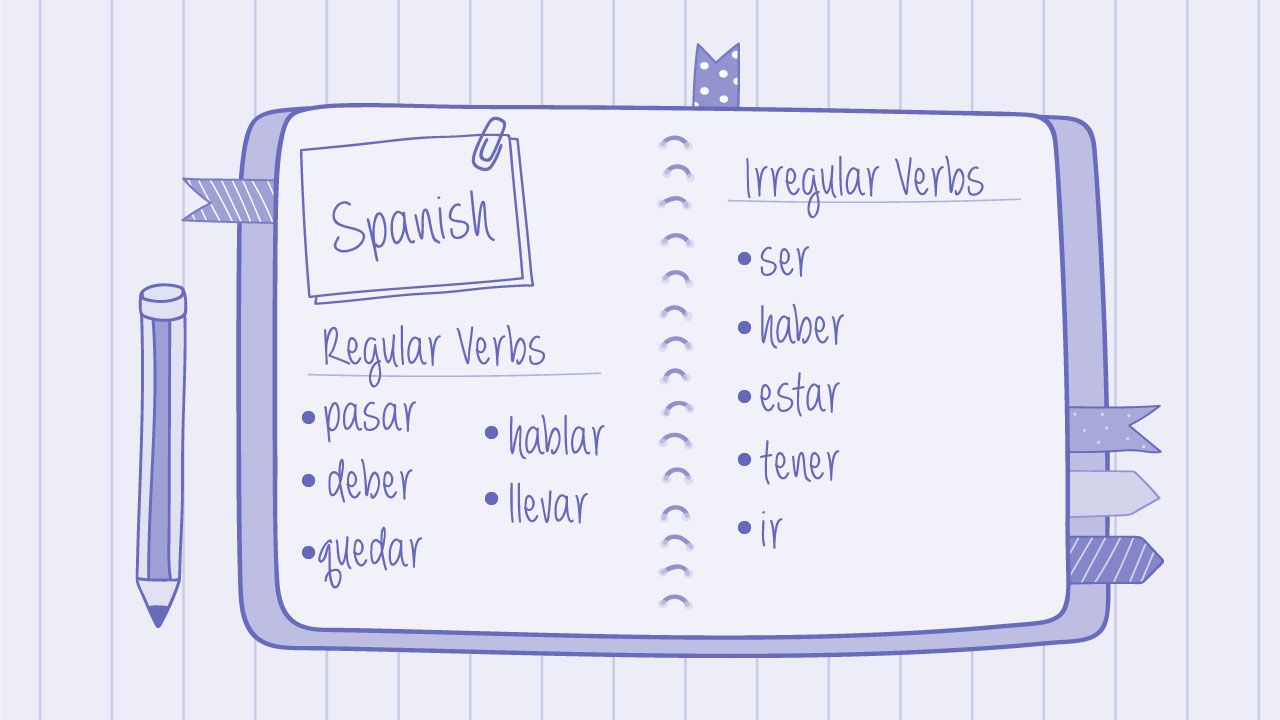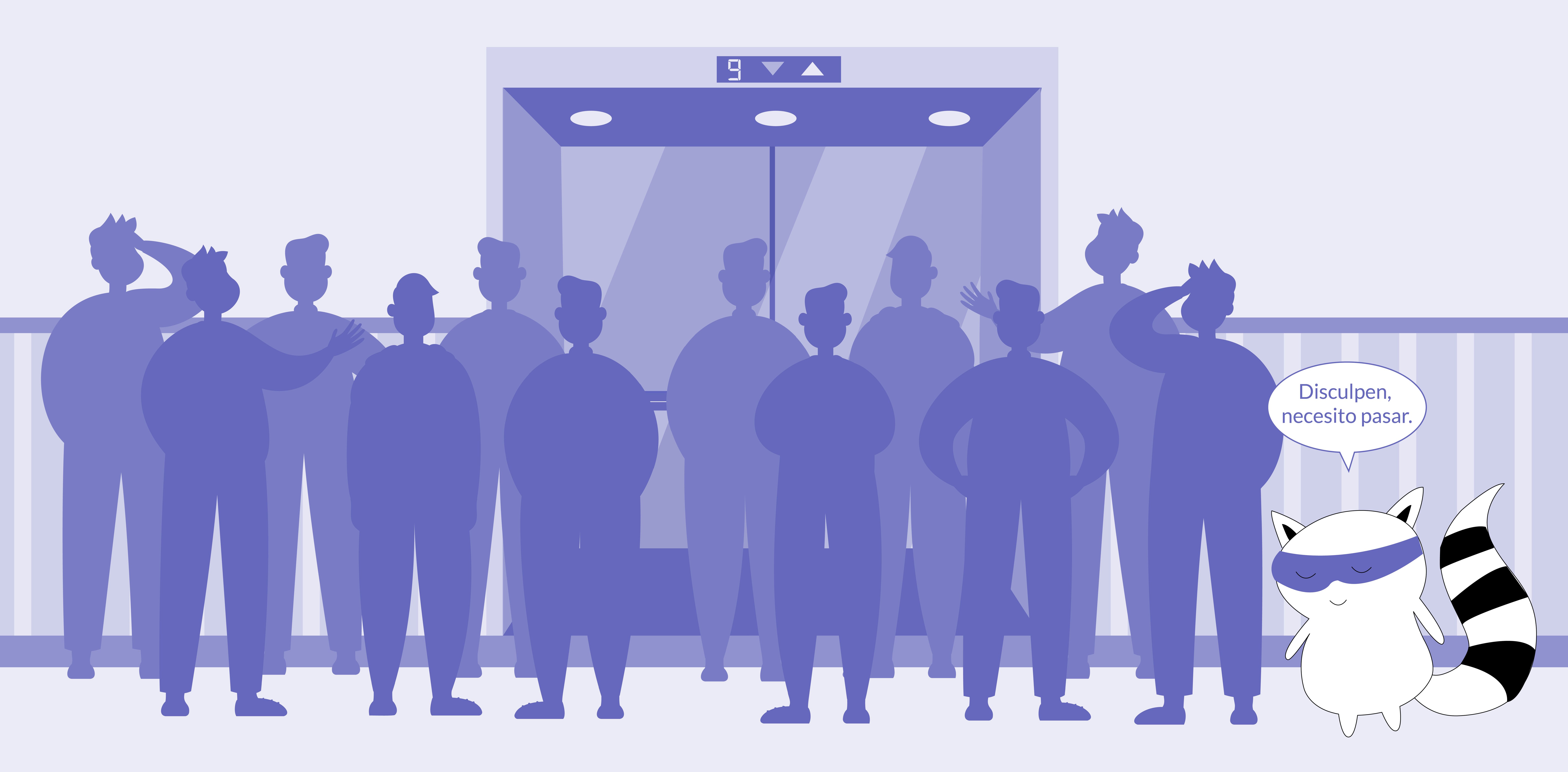
Anyone who wants to be able to converse in Spanish with native speakers needs to familiarize themselves with the basics of Spanish grammar. This includes understanding how to form proper sentences, using the correct verb conjugations, and knowing when and how to use certain pronouns.
While there are certainly more complex aspects of the language that can take time to learn, knowing these ten essential rules will help you start off on the right foot. Let's take a look at these essential grammar rules!
Learn Spanish with Langster
Noun Genders
One of the first things you'll notice when learning Spanish is that all Spanish nouns are assigned a gender – they can be either masculine or feminine. This impacts how the noun is written, and different articles and adjectives must be used depending on the gender of the noun.
For example, the word for "table" (la mesa) is feminine, so it would be referred to using the article "la." The word for "chair" (el silla) is masculine, so it would be referred to as "el" instead of "la."
If you're unsure of the gender of a particular noun, you can often tell by its ending. For example, words that end in "-o" are typically masculine nouns (el libro, el perro), while those that end in "-a" usually indicate feminine nouns (la manzana, la camisa).
There are some exceptions to this rule, of course – but knowing these basic grammar rules will help you most of the time.

Subject Pronouns
In Spanish, there are different subject pronouns depending on whether you're talking about one person or a group of people. Furthermore, there are also formal (polite) and informal (casual) forms of certain pronouns – you'll need to remember them to sound natural when speaking to different people in different contexts.
Here are the subject pronouns in the Spanish language, along with their English equivalents:
| Spanish Subject Pronoun | English Equivalent |
|---|---|
| Yo | I |
| Tú | informal you |
| Él/Ella | he/she |
| Nosotros/Nosotras | we (note that this changes depending on whether you're referring to a group of all males, all females, or a mix of both) |
| Vosotros/Vosotras | informal plural you (again, this changes based on the gender of the group) |
| Ellos/Ellas | they |
| Usted | formal you |
| Ustedes | formal plural you |
| Spanish Subject Pronoun | English Equivalent |
|---|---|
| Yo | I |
| Tú | informal you |
| Él/Ella | he/she |
| Nosotros/Nosotras | we (note that this changes depending on whether you're referring to a group of all males, all females, or a mix of both) |
| Vosotros/Vosotras | informal plural you (again, this changes based on the gender of the group) |
| Ellos/Ellas | they |
| Usted | formal you |
| Ustedes | formal plural you |
Remembering all of these Spanish subject pronouns can be tough at first, but it's important to get used to using them correctly. After all, native Spanish speakers will use them naturally in conversation – so you'll need to as well if you want to sound fluent.
Spanish Verb Conjugation
One of the most challenging aspects of learning Spanish grammar is mastering verb conjugations. In Spanish, verbs must be conjugated to match the subject pronoun – meaning that there are different forms of each verb depending on who is doing the action.
For example, the verb "comer" (to eat) would be conjugated as "yo como," "tú comes," "él/ella come," etc., depending on the subject pronoun. Similarly, the verb "hablar" (to speak) would be conjugated as "yo hablo," "tú hablas," and so on.
It's also important to mention that there are regular and irregular verbs in the Spanish language. Regular Spanish verbs follow a predictable pattern when conjugated, while irregular verbs do not – so you'll need to memorize the different forms of irregular verbs.
Fortunately, there are some helpful resources that can make learning verb conjugations a bit easier. For example, many Spanish textbooks include conjugation charts that list all of the different forms of each verb.
There are also online conjugators that can be used to look up the conjugation of any verb – simply type in the infinitive form of the verb, and it will give you all of the different conjugations.
Of course, there's no substitute for practice – so make sure to get plenty of it! Try conjugating different verbs in conversation, or even write out conjugation drills to help yourself remember the different forms.
There are many different Spanish verbs to remember, so it can take a lot of time and practice to learn all of the different conjugations. However, once you get the hang of it, it'll become much easier – and you'll be able to use verbs correctly in conversation.

When to Use Ser vs. Estar
There are two different verbs in Spanish that can be translated to "to be" in English – "ser" and "estar." While they may seem interchangeable, they actually have very different uses.
"Ser" is used to describe permanent characteristics, such as hair color or profession. For example, you would use "ser" to say "I am a student," or "He is tall."
Spanish
English
Soy estudiante.
I am a student.
Él es alto.
He is tall.
"Estar," on the other hand, is used to describe temporary states or conditions. For example, you would use "estar" to say "I am tired," or "The music is too loud."
Spanish
English
Estoy cansado.
I am tired.
La música está demasiado alta.
The music is too loud.
It's important to know when to use each verb, as using the wrong one can completely change the meaning of your sentence. To learn more about the differences between these two and get more examples, check our separate article about verbs “to be” in the Spanish language.
Pronoun Placement
In Spanish, personal pronouns must be placed before the verb – this can be a bit tricky to get used to, as it's not the way we typically speak in English. However, it's important to remember that pronoun placement is very important in Spanish, as it can completely change the meaning of a sentence.
But, first things first, here are Spanish personal pronouns:
| me | to me |
| te | to you |
| le | to him, to her, to you |
| nos | to us |
| os | to you all |
| less | to them, to you all |
| se | reflexive pronoun |
| me | to me |
| te | to you |
| le | to him, to her, to you |
| nos | to us |
| os | to you all |
| less | to them, to you all |
| se | reflexive pronoun |
When using these pronouns in a sentence, you'll need to place them before the verb. For example, the sentence "I love you" would be translated as "Te quiero," with the pronoun "te" coming before the verb "quiero." Similarly, "She loves him" would be translated as "Ella le quiere," with the pronoun "le" coming before the verb "quiere."
It can be helpful to think of these Spanish sentences in terms of their literal translation – "To me, I want," or "To her, she wants." This should give you a better idea of where the pronoun should go in the sentence.

Adjective Placement
Spanish adjectives typically go after the noun they're describing – unlike in English, where they usually come before. For instance, if you want to say "the big house," you would say "la casa grande" in Spanish, with the adjective "grande" coming after the noun "casa."
Of course, there are always a few exceptions to the rule – and there are some situations where you will need to place the before the noun.
For example, there are some adjectives that can only go before the noun – such as "primero" and "segundo." These types of adjectives are typically used to indicate ordinal numbers (such as "first" or "second"), so it's important to be aware of their placement.
Spanish Sentence Structure
The basic structure you should follow to form sentences in Spanish is subject - verb - object. For example, "John eats pizza" would be translated as "Juan come pizza."
There are a few other things to keep in mind when constructing Spanish sentences. First, as you already know, adjectives always come after the noun they are describing. For example, "The red car" would be translated as "El coche rojo."
Second, clauses (groups of words that contain a subject and a verb) must be connected by a conjunction, such as "y" (and), "o" (or), or "pero" (but). For example:
Spanish
English
Quiero estudiar y trabajar.
I want to study and work.
When it comes to forming questions, Spanish is even simpler than English – just put the question marks at the beginning and the end of the sentence, and don't forget to raise your intonation at the end.
For example, the question "Are you hungry?" will look the same as an affirmative sentence “You are hungry” – “Tienes hambre” – but with question marks on both sides, like this:
Spanish
English
¿Tienes hambre?
Are you hungry?
You can also use different question words to make your questions more precise.
Finally, remember to use proper verb conjugations and pronoun placement! These are two of the most important aspects of Spanish grammar, and getting them wrong can change the meaning of your sentence entirely.
Negation
In Spanish, there are a couple of basic rules to keep in mind when it comes to negating sentences. First, when you want to negate a sentence, you simply add the word "no" before the verb. For example:
Spanish
English
No hablo español.
I don't speak Spanish.
Second, double negation is possible in Spanish. This means that you can add the word "no" multiple times to a sentence for emphasis.
For example, “No sé nada de la gramática española.” literally translates to “I don’t know nothing about Spanish grammar," but its grammatically correct English translation would be “I don't know anything about Spanish grammar."
With these basic negation rules in mind, you'll be able to make all sorts of negative statements in Spanish!
The Bottom Line

If you're looking to learn Spanish, there are a few basic grammar rules that you can't forget. These rules will help you form proper sentences, use the correct verb conjugations, and understand when and how to use certain pronouns.
So, before attempting to converse in Spanish with native speakers, make sure you prioritize learning Spanish grammar rules, and familiarize yourself with these essential concepts as soon as you start learning this beautiful language. Good luck!









